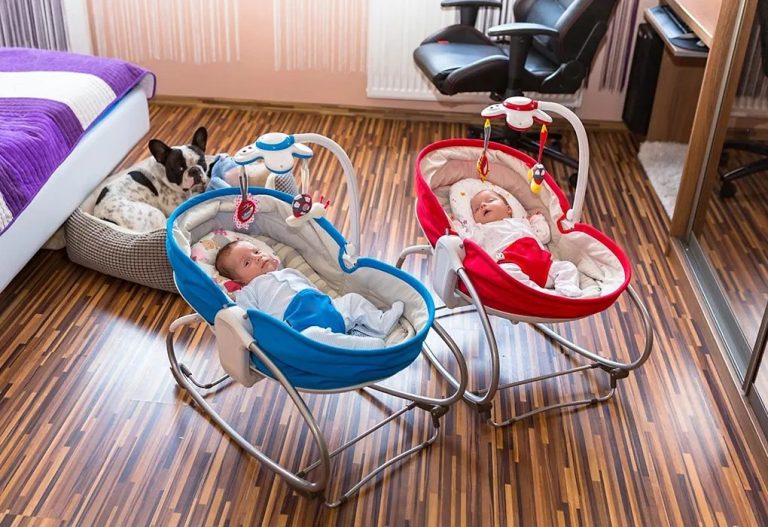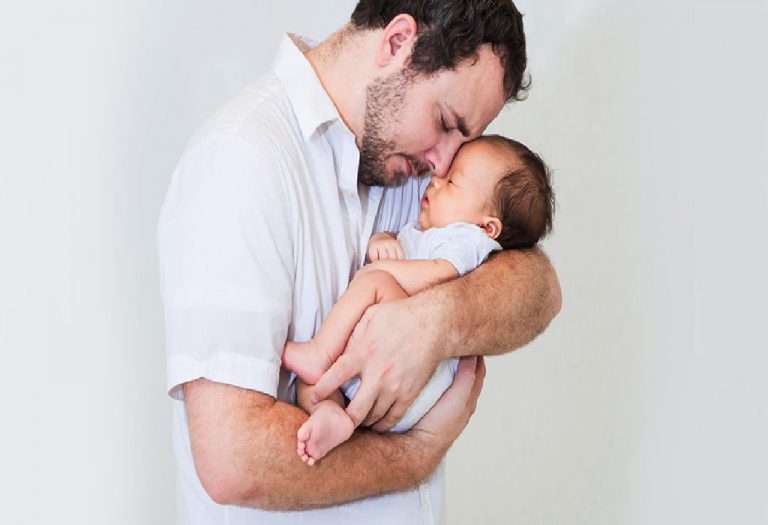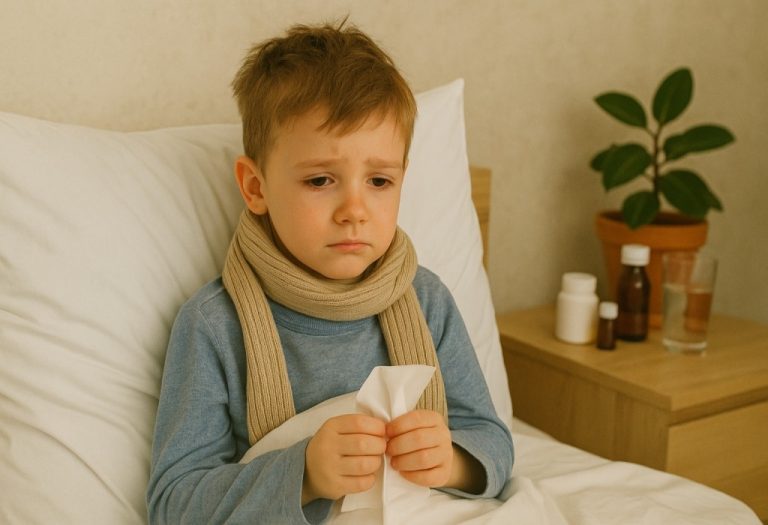6 Top Tips to Ensure Your Baby Gets Deep Sleep Every Day
Babies spend half of their sleep in the REM stage (light sleep stage) making it too easy to disturb them with the slightest sound! (1) Deep sleep is what ensures optimum physical and cognitive development in babies. This is why parents often stress about whether their little ones are getting enough deep sleep. If you’re one of them, you’ll find this article very helpful.
We interviewed Paediatrician Dr. Rajiv Chabbra who shared with us practical insights on how to help your light sleeper get more out of their deep sleep stage.
https://www.youtube.com/watch?v=Pd5bJbN7Txw&ab_channel=MamyPokoIndia
Easy and Practical Ways to Help Your Baby Get Good Quality Sleep
Getting your little one to snooze for even two hours straight can be challenging, but once you put the following tips to use, you will learn your baby’s sleep patterns and find what works best for them to sleep well. Your aim is to ensure that your baby gets enough deep sleep, the stage that comes after the REM/light-sleep stage, because that’s when their brains and bodies develop. To make sure they are getting deep sleep, here are some tips that work.
1. Start With a Bedtime Routine
As Dr. Chabbra suggests, the first and foremost thing to do is to monitor your baby’s sleep patterns and build a nighttime routine. Babies learn to sleep by taking cues from their surroundings. Start with keeping the bedroom quiet and peaceful by dimming the lights and restricting any outdoor noise 30 minutes before bedtime. Keep your voice low and soothing to avoid any overstimulation (2). You can introduce a routine before bedtime, like a warm bath, reading stories or singing lullabies to lull them into sleep. Be consistent and follow the routine in the same order every night, so when you take your baby into the dim and quiet room, they will know it’s time to sleep.
2. Signs of Sleepiness? Head to the Bedroom
Check for cues – quietness, disinterest in surroundings, rubbing eyes, yawning, and staring into the space (3). If you see any of these cues, start preparing them for nap time!
3. Create a Peaceful Sleep Environment
Invest in thick sound and light-absorbing curtains. Next, turn down the temperature of the room if you can, and use breathable and light bedding to prevent overheating. Make sure the mattress and the crib meet all safety standards so your baby does not have any trouble sleeping. As Dr Chabbra suggests, you can play soothing background music or white noise like a static radio or a running fan to lull them into sleep.
4. Invest in a Good, Absorbent Diaper
A soggy diaper is one of the biggest reasons for mid-sleep disturbance, and don’t get us started on the inflammation and rashes that can be caused by your baby’s soggy diaper. Your baby needs a diaper that is well-crafted with highly absorbent materials so they don’t wake up crying due to wetness or rashes. MamyPoko Pants Extra Absorb checks all the points for an ideal baby diaper with its criss-cross layer enriched with the goodness of coconut extract that can absorb urine for up to 12 hours without making the diaper soggy.
What’s more, the ‘Innovative Flexi Fit’ helps in wrapping up your baby’s tummy and back well without any red marks, rashes or skin troubles, usually caused by the tight fit of the diapers and provides 2X protection from thigh leakage.
5. Never Forget the 5S
Most babies take their sweet time to settle before bedtime. If your baby is having trouble settling down like fussing or crying before falling asleep, don’t stress. Try these 5S’ before bedtime and your baby will have restful sleep.
- Swaddle: Swaddling will keep your baby snug and cosy, just like they were in the womb (4). Remember to swaddle them only when they’re going to sleep, not all the time.
- Shushing: You can soothe your baby by making a loud ‘shhh’ sound, which mimics the rhythmic sounds from inside the womb. As an alternative, you can use the white noise machine that makes such buzzing sounds to soothe babies to sleep.
- Swinging: Rocking your baby gently back and forth in a swing can also help them relax and drift off to sleep.
- Sucking: Babies find sucking comforting. A pacifier can help satisfy this sucking reflex and allow them to self-soothe and fall asleep.
- Side Sleeping: The safest way for your baby to sleep is on their back in their own crib or bassinet to avoid risks of SIDS (5).
6. Feeding Schedules
Your baby’s feeding schedules can also have an impact on their sleep. Make sure your little one is well-fed at least 30 minutes before sleep time so they don’t wake up crying hungry. At the same time, do not overfeed and/or close to bedtime, and burp them after every feeding to avoid any digestive issues while sleeping. Invest in a good, strong, absorbent diaper like MamyPoko Pants Extra Absorb, which keeps the diaper snugly in place and doesn’t leave any red marks on your baby’s delicate skin.
Patience goes a long way when it comes to figuring out life with a baby. Trust your parental instincts and give these techniques a chance to work. You will know that your baby is in deep sleep when they are very still and don’t move much. Nothing will disturb them at this stage. With the tips mentioned above, you will notice your little one is well-rested and that their development, too, is on point!
References/Resources:
1. Helping baby sleep through the night; Mayo Clinic; https://www.mayoclinic.org/healthy-lifestyle/infant-and-toddler-health/in-depth/baby-sleep/art-20045014
2. Helping your baby to sleep; NHS; https://www.nhs.uk/conditions/baby/caring-for-a-newborn/helping-your-baby-to-sleep/
3. Infant Sleep; Stanford Medicine; https://www.stanfordchildrens.org/en/topic/default?id=infant-sleep-90-P02237
4. Swaddling: Is it Safe for Your Baby?; American Academy of Pediatrics; https://www.healthychildren.org/English/ages-stages/baby/diapers-clothing/Pages/Swaddling-Is-it-Safe.aspx#:~:.
5. Kim. H, Pearson-Shaver. A. L; Sudden Infant Death Syndrome; StarPearls Publishing; https://www.ncbi.nlm.nih.gov/books/NBK560807/
Also Read:
How to Identify Whether Your Baby Is Getting Deep Sleep Every Night?
Was This Article Helpful?
Parenting is a huge responsibility, for you as a caregiver, but also for us as a parenting content platform. We understand that and take our responsibility of creating credible content seriously. FirstCry Parenting articles are written and published only after extensive research using factually sound references to deliver quality content that is accurate, validated by experts, and completely reliable. To understand how we go about creating content that is credible, read our editorial policy here.






















